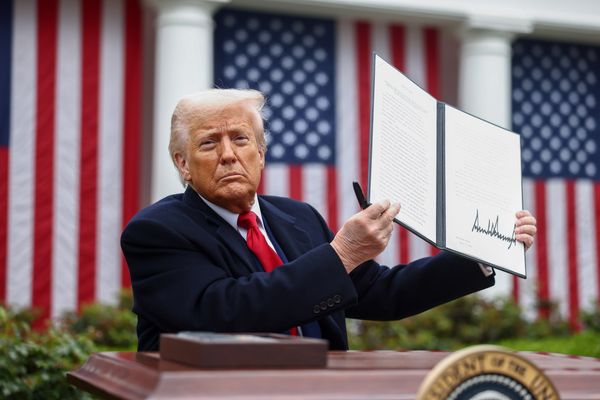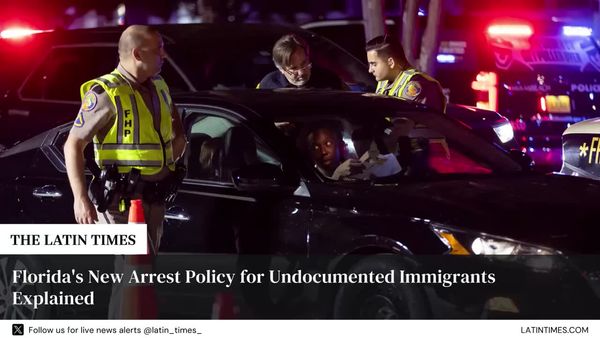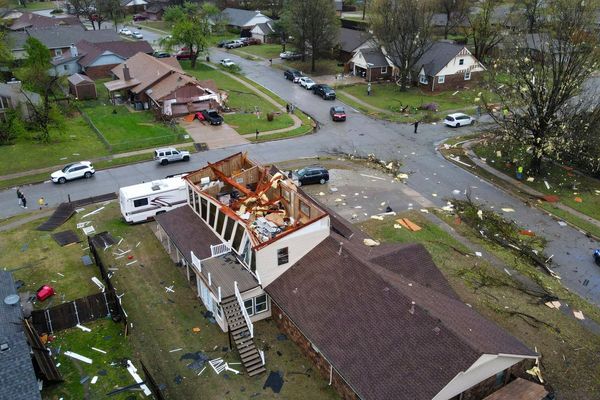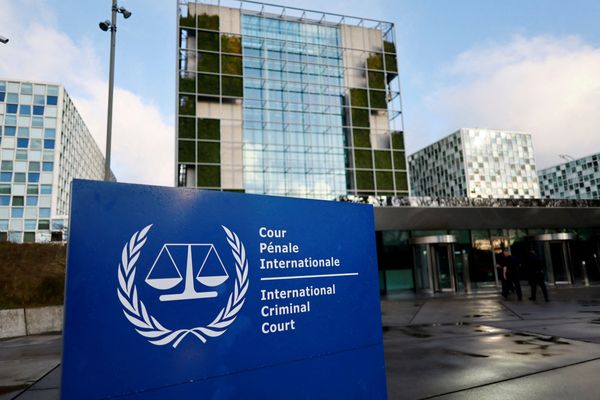The family of a Royal Flying Doctor Service (RFDS) pilot who died in a horrific crash while on a flight to save an infant child has remembered him as "brave" and a "mischievous brother" on the 40th anniversary of the crash.
In what ranks as the worst disaster in the 93-year history of RFDS, pilot Arthur Turner, flight nurse Judith Osborne, passenger Alexander Coxall and 18-month-old patient Stephen Lane died in the crash at Kalgoorlie on this day in 1981.
A 16-year-old girl was the sole survivor.
A former fighter pilot with the Indian Air Force, Turner was one of the most experienced pilots in Australia after clocking up nearly 23,000 hours across more than three decades in the cockpit.
Turner's 94-year-old sister, Audrey Hitchcock, said her family never got over his death.
She lives in Perth and, in lieu of presents, on her birthday every year she asks family and friends to donate to the RFDS in her brother's memory.
"It was very devastating … it was a shock to all of us," Mrs Hitchcock said.
"He was very brave ... and he was a mischievous brother."
Turner had flown the twin-engine Navajo aircraft to Warburton in West Australia's remote Ngaanyatjarra Lands for a refuelling stop, before continuing to Jameson.
The return flight to Kalgoorlie was on the approach just after dark when it was hit by a freak storm.
Amid lightning and severe turbulence, the plane's left-wing struck the 35-metre-high headframe at the Chaffers gold mine.
Wreckage was strewn over a large area and parts of the aircraft could be seen wedged in the headframe.
Family fled home in war
Born in Burma, Turner's family had to evacuate their home of Rangoon during World War II in 1942 to escape the invading Japanese.
The family fled with one suitcase and caught one of the last flights out, saving them from having to make a trek over mountains. They lived in Bangalore.
Mr Turner was finishing high school at the time and the former choir boy and amateur boxer enlisted in the Indian Air Force as a crewman before volunteering to become a pilot.
"It just fell into his lap – I don't think he ever thought about becoming a pilot in those days," Mrs Hitchcock said.
"He lived for flying."
Flight logs show he flew Spitfires and Hurricanes as a fighter pilot while serving in the air force from 1942 to 1950.
It was a period of major upheaval for India, which declared independence from British rule in 1947.
Turner is also believed to have seen action as a pilot during the Kashmir War in 1947 and 1948 between India and Pakistan.
The family immigrated to Australia in 1964 and Turner joined them in 1966.
Mr Turner's nephew David MacLeod, 66, said he had a larrikin's persona and while he never married, it was well known among friends and family that he was something of a ladies' man.
"If you put together the fact he was good looking, a pilot, bachelor, what do you get?" Mr MacLeod said.
"He was a nice man who had a good time and loved life.
Pain lingers decades on
Four decades later the emotions have still been raw for people who were devastated by the crash.
Kevin O'Dwyer, now 77 and living in Esperance, was studying to become a commercial pilot at the time.
Turner was his instructor at the Kalgoorlie-Boulder Aero Club.
Mr O'Dwyer was waiting for Turner to return so he could tell him about a national award he had won after news had come through hours earlier, but instead, he was asked to identify the bodies after the crash.
"Arthur was a very experienced pilot and someone we all looked up to … I would have let him fly me anywhere," Mr O'Dwyer said.
Former Federal politician Mick Cotter, now retired and has been living in Northam, served on the national council of the RFDS for 26 years and was about to board a plane to Perth when he heard about the crash.
The downed RFDS plane was named the Judy Cotter in honour of his wife who had died a few months before the accident.
"I still think about it … it takes a bit of getting over," Mr Cotter said.
Another person devastated by the crash was David Horsley, a close friend of Turner who ran a business that maintained the RFDS fleet.
He was relieved when crash investigators allowed the wreckage to be buried in an area that has now been swallowed up by Kalgoorlie's Super Pit gold mine.
"We knew when the air safety investigators allowed that, that they were quite happy that there were no mechanical problems with the aircraft," Mr Horsley said.
His personal grief was compounded by his other job as a journalist.
"What made it even tougher still was I was also working part-time at the ABC as the early morning newsreader and breakfast announcer," Mr Horsley said.
"I think it was the most difficult news item I've ever read in my life."
'It's our flying doctor'
Former Federal MP Tony Crook was a young pastoralist working near Kalgoorlie at the time and Turner was his flight instructor.
Mr Crook went on to serve as the RFDS national president for four years between 1999 and 2002 and has vivid memories of the "freak storm" which brought the plane down.
"I was driving into Kalgoorlie and the storm was almost here," he said.
"Lightning and massive winds ... it blew my old Falcon ute all over the place.
"The RFDS has an outstanding safety record, we go by the grace of God in many circumstances.
"It's just a tragic set of circumstances which ended up in these really sad fatalities."
Mr Crook's tenure as national president also saw the only other fatal crash in the 93-year history of the RFDS.
That crash, on approach to Mt Gambier in South Australia in December 2001, killed the pilot but the nurse walked from the wreckage.
Mr Crook said the fatal crash affected him deeply.
"That whole scenario of informing family and the impact it has on the service and the impact it has on the community is really quite profound.
"There's a high level of ownership of the flying doctor — it's our flying doctor — so when an incident like this happens, it really affects the whole community."
Safety standards, training has improved
Drazen Tolic oversees pilot training for the RFDS' Western Operations and says aviation safety standards and training methods have improved significantly.
He said RFDS pilots were some of the best in the world, flying more than 27 million kilometres last year.
"That equates to about 82,000 hours of flying Australia-wide, over 23 bases, and we have one of the largest fleets in the country at the moment with 79 aircraft," Mr Tolic said.







